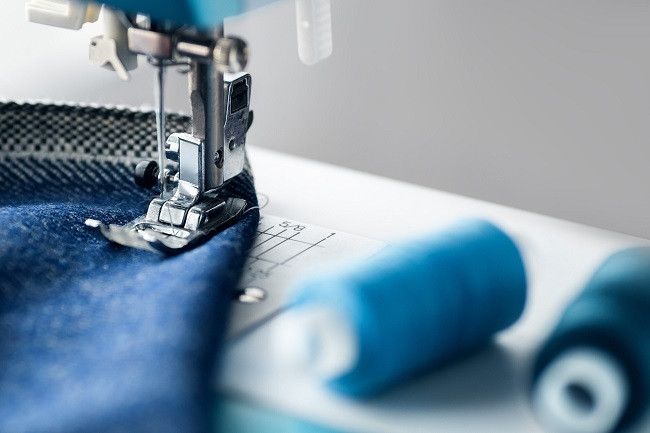The textile and garment industry in Bangladesh has experienced remarkable growth over the past few decades. With a focus on competitiveness, increased investments, and expanding export markets, Bangladesh’s textile and garment industry is poised for continued growth.
Competitive advantages
Bangladesh’s textile and garment industry enjoys several key competitive advantages that have contributed to its sustained growth. These advantages include:
Cost competitiveness: Bangladesh offers low production costs, including affordable labor and competitive wages compared to other manufacturing destinations. This cost advantage has attracted global apparel brands and buyers, making Bangladesh a preferred sourcing hub.

Skilled workforce: The industry benefits from a large pool of skilled and semi-skilled workers, particularly in garment manufacturing. The availability of skilled labor enables efficient production processes, quick turnaround times, and adherence to international quality standards.
Vertical integration: Bangladesh has developed a robust vertical integration model, with many manufacturers owning or partnering with textile mills and backward linkage industries. This integration streamlines the supply chain, reduces lead times, and enhances cost efficiency.
Duty-free access and trade agreements: Bangladesh benefits from preferential trade agreements, such as the Generalized System of Preferences (GSP) with various countries, including the European Union, Canada, and Japan.
Increasing investments
Bangladesh’s textile and garment industry has attracted substantial investments from both domestic and international sources. Key factors driving investment growth include:
Government support: The Bangladeshi government has implemented favorable policies and incentives to encourage investment in the textile and garment sector. These include tax breaks, low-cost loans, and infrastructure development initiatives.
Expansion of manufacturing Facilities: To accommodate increasing demand, manufacturers have invested in expanding their production facilities. This includes the establishment of new factories, the modernization of existing units, and the adoption of advanced machinery and technologies.
Technological advancements: Investments in technology have been crucial in improving production processes and efficiency. Manufacturers have embraced automation, digitalization, and advanced machinery to optimize operations, reduce costs, and meet international standards.
Infrastructure development: The government has prioritized infrastructure development, including the establishment of industrial parks, specialized economic zones, and improved transportation networks.
Export growth
Exports play a vital role in the success of Bangladesh’s textile and garment industry. The sector has witnessed significant export growth, driven by diverse factors:
Market diversification: Bangladesh has expanded its export destinations beyond traditional markets, such as the United States and the European Union. The industry has successfully diversified its customer base, targeting emerging markets in Asia, including China, India, and Japan, as well as non-traditional markets in Africa and Latin America.
Product diversification: The industry has diversified its product offerings beyond basic apparel items. Bangladesh now produces a wide range of garments, including knitwear, woven wear, denim, sportswear, and value-added products.
Compliance and standards: The industry has made significant strides in ensuring compliance with international labor and safety standards. Efforts to improve workplace conditions, address labor rights, and implement safety measures have boosted the confidence of global buyers and increased demand for Bangladeshi textile and garment products.
Sustainability initiatives: Bangladesh’s textile and garment industry has embraced sustainability practices to meet the growing demand for eco-friendly and socially responsible products. Manufacturers are adopting sustainable manufacturing processes, promoting eco-friendly materials, and implementing initiatives to reduce carbon footprint and environmental impact.
Branding and marketing: Bangladesh has invested in promoting its textile and garment industry through effective branding and marketing campaigns. Participating in international trade shows, organizing buyer-seller meets, and leveraging digital platforms have increased the visibility of Bangladeshi products in the global market.
In fine, To move forward, it is crucial for Bangladesh’s textile and garment industry to continue prioritizing sustainability, innovation, and skill development to remain competitive on the global stage.
















